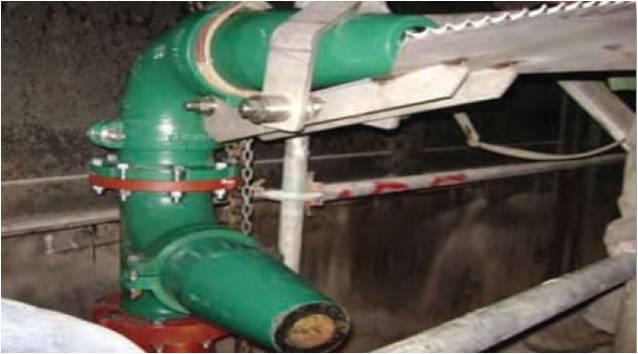Anaerobic Digester Foaming!
Anaerobic digester foaming can cause a significant and wide spread problem. The most common cause of excessive foaming in anaerobic digesters is due to unstable operation resulting from the following:
Shock loading or over loading to the digester:
Organic overload to a digester generates more VFA than the methane producing bacteria can consume. Depending on the composition of the feed, shock loading or overloading can lead to higher rates of VFA and digester gas production and cause foaming problems (Massart et al, 2006). This can also happen if there is no blending tank or a blending tank with insufficient mixing for the various types of feed, such as sludge, FOG and food wastes before digester. A sudden change in feed composition or feeding mix can also upset the operational condition.
Change in mixing Patten or regimen inside the digester:
Inadequate mixing, excessive mixing or sudden power outage or mixing failure can contribute to this condition.
Inadequate or excessive heating:
This can result from the inability to maintain a stable temperature inside the digester causing temperature and density gradients resulting foaming problem.
Higher ratio of biological sludge and foam causing micro organisms:
Higher biological sludge content inside the digester introduce higher amount of foam causing microorganism (Nocardia, Microthrix parvicella etc.) to the digester and increase the probability of foaming.
Anaerobic Digester Foaming Prevention and Control Strategies:

Vaughan® Foambuster / Foam Suppression Systems
In order to control anaerobic digester foaming the following preventive and control strategy can be adapted:
- Daily variations in volatile solids loading (organic load) to the digesters should be limited to 5 -10 percent. Better performance can obtained from feeding digester as continuously as possible, especially with FOG, food and high-strength organic wastes.
- Digester over-mixing, under mixing or improper mixing is a wide-spread concern and can contributes to foam production. Co-digestion with high strength waste can further add to this problem. That is why digester mixing system should be selected carefully considering the optimum mixing requirements as well as mixer performance.
- Digester should be design with additional head space and overflow capacity keeping the occasional foaming in mind.
- Further prevention can be added by installing foam sensor, surface discharge or removal option of foam, foam trap on gas line and protection to the pressure release valves
- Once foaming incident occurs it can be controlled by physicallly breaking up the foam using sprays or adding defoamants or foam suppressant chemicals in the feed.
Go back to Co-digestion Consideration
Go back to Anaerobic Digestion and Biogas
Go back to the EcoAmbassador Home!
Total Visits to Site:
